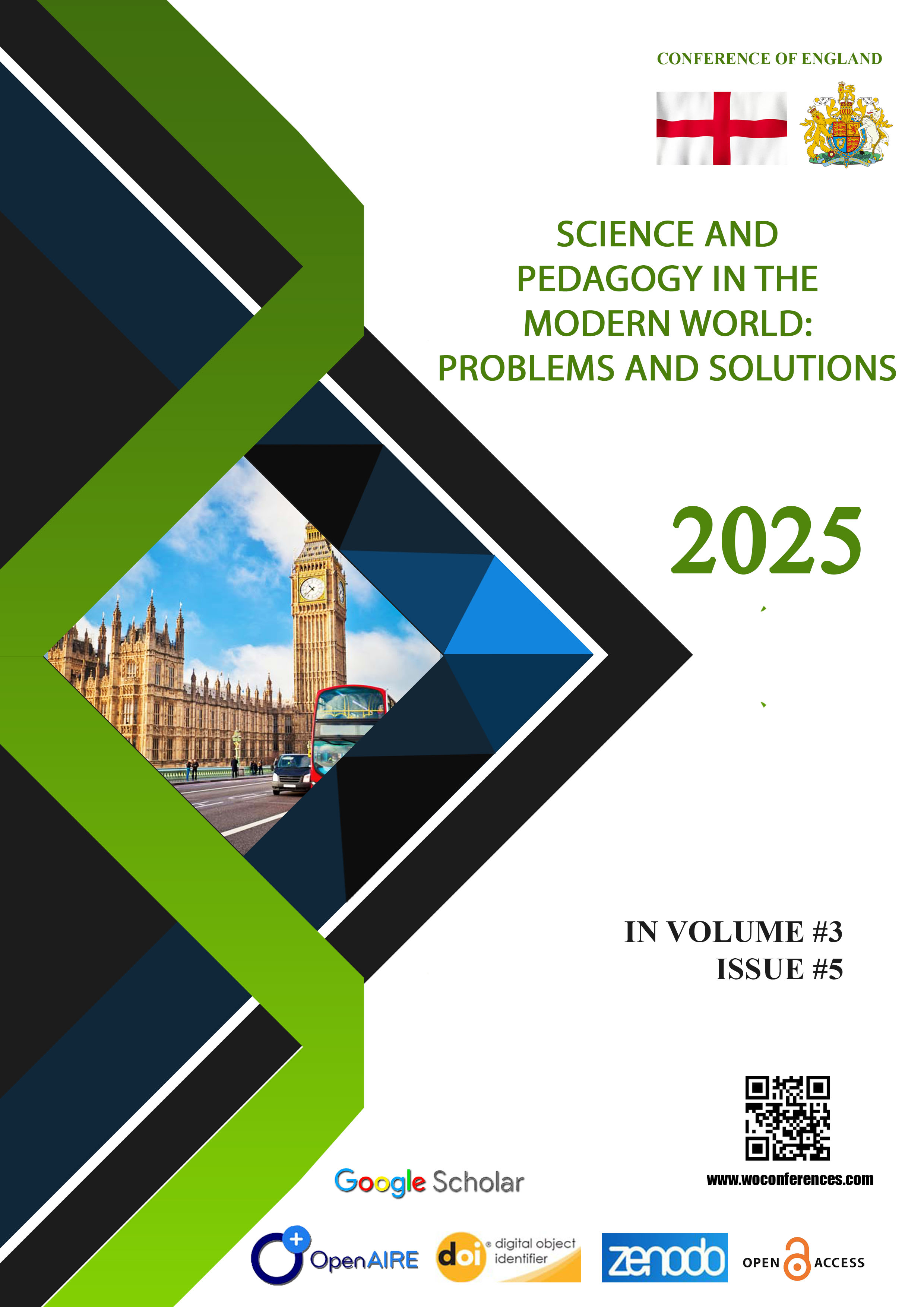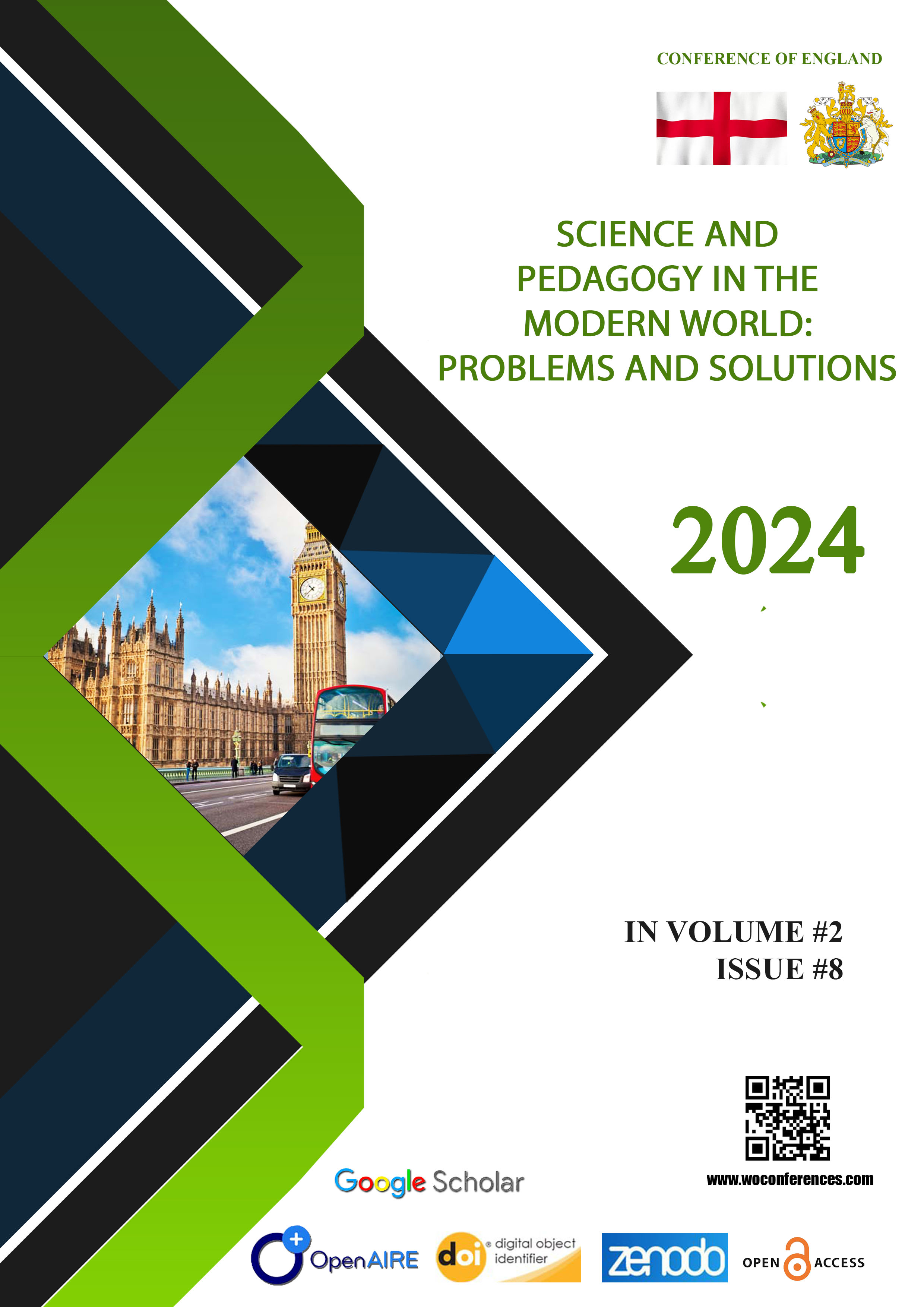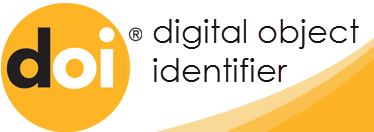SYMMETRIC FEATURES OF ADJECTIVAL PHRASEOLOGICAL UNITS IN ENGLISH AND UZBEK
Abstract
This article explores the symmetric features of adjectival phraseological units in English and Uzbek languages. Symmetry in phraseological structures manifests through binary or parallel components that exhibit balance in meaning, rhythm, and stylistic effect. The research analyzes typical structural and semantic features of symmetric adjectival expressions, such as binomials and tautological pairs, in both languages. Comparative analysis reveals that while English often emphasizes contrast and parallelism (e.g., “black and white”), Uzbek tends to use intensifying and synonymous pairs (e.g., “baland va past”). The study highlights the cognitive, cultural, and stylistic significance of symmetry in expressing evaluative meaning and emotional coloring in phraseological systems.
References
1. Kunin, A. V. (1970). Kurs frazeologii sovremennogo angliyskogo yazyka [Course in Phraseology of Modern English]. Moscow: Vysshaya Shkola.
2. Malkiel, Y. (1959). Studies in irreversible binomials. Lingua, 8, 113–160.
3. Moon, R. (1998). Fixed Expressions and Idioms in English: A Corpus-Based Approach. Oxford: Oxford University Press.
4. Seidl, J., & McMordie, W. (1988). English Idioms and How to Use Them (5th ed.). Oxford: Oxford University Press.
5. O‘zbek tilining frazeologik lug‘ati. (2001). Toshkent: “O‘zbekiston milliy ensiklopediyasi” Davlat ilmiy nashriyoti.
6. Mahmudov, N., Mirzaev, M., & Juraev, Z. (2008). Hozirgi o‘zbek adabiy tili. Toshkent: O‘zbekiston nashriyoti.
7. Safarov, Sh. (2015). Qiyosiy frazeologiya: Ingliz va o‘zbek tillarida. Toshkent: Fan nashriyoti.
8. Asqarova, G. (2017). Comparative Analysis of Idioms in English and Uzbek Languages. Philological Sciences, 2(4), 37–41.
9. Xolmatova, Malika Ibadullayevna. “Umumtalim maktablari ingliz tili darslarida til ko‘nikmalarini rivojlantirish.” Science and Education 3.2 (2022): 999-1005.
10. Xolmatova, M. I. "INGLIZ VA OZBEK TILLARIDAGI SIFAT KOMPONENTLI IBORALARNING LINGVOKULTUROLOGIK QIYOSIY TAHLILI." Academic research in educational sciences 2.12 (2021): 1391-1397.









